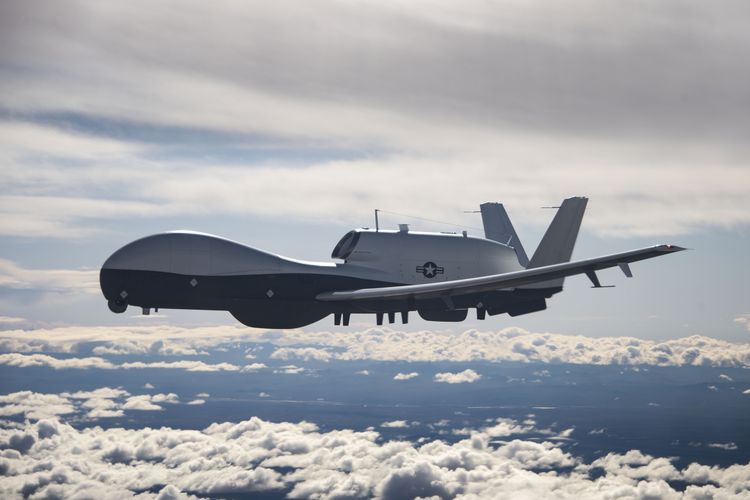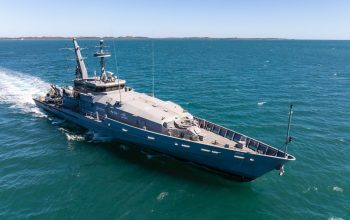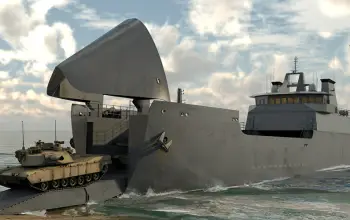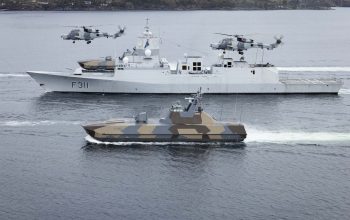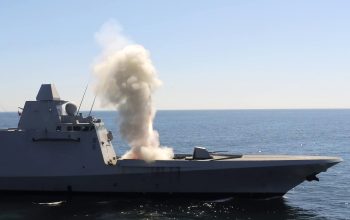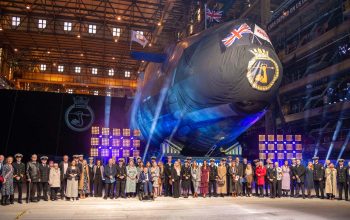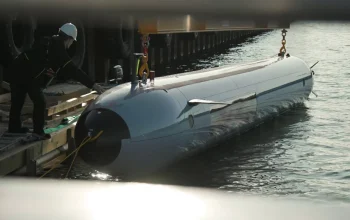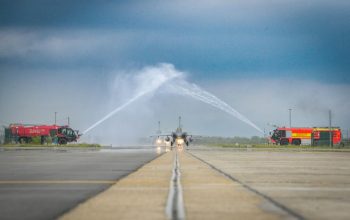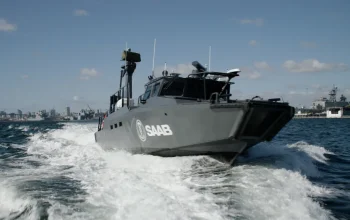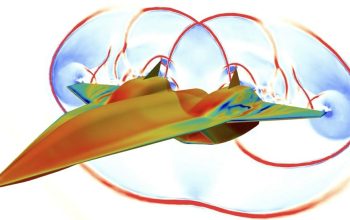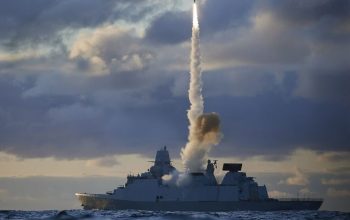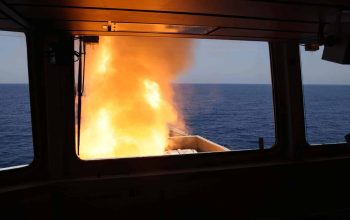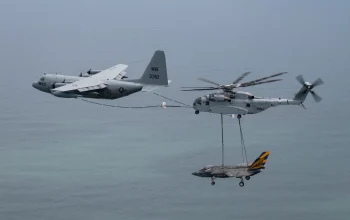Northrop Grumman Corporation delivered the fourth multi-intelligence MQ-4C Triton to the U.S. Navy ahead of initial operational capability (IOC) this year. The Northrop Grumman MQ-4C Triton is an American high-altitude long endurance unmanned aerial vehicle (UAV) under development for the United States Navy as a surveillance aircraft. The delivery completes the set of aircraft for Unmanned Patrol Squadron (VUP) 19’s establishment of the first operational orbit, while a second orbit is preparing for delivery this summer. With three orbits planned around the globe, the Triton multi-intelligence uncrewed aircraft will provide 24/7 unprecedented maritime awareness.
Triton builds on elements of the RQ-4 Global Hawk; changes include reinforcements to the air frame and wing, de-icing systems, and lightning protection systems. These capabilities allow the aircraft to descend through cloud layers to gain a closer view of ships and other targets at sea when needed. The sensor suites allow ships to be tracked by gathering information on their speed, location, and classification. The system is intended to provide real-time intelligence, surveillance and reconnaissance missions (ISR) over vast ocean and coastal regions, continuous maritime surveillance and to complement the Boeing P-8 Poseidon maritime patrol aircraft.
The MQ-4C can remain aloft more than 30 hours at 55,000 ft (17,000 m) at speeds of up to 330 knots (380 mph; 610 km/h). Its surveillance sensor is the AN/ZPY-3 Multi-Function Active Sensor (MFAS) X-band AESA radar with a 360-degree field-of-regard, capable of surveying 2,700,000 sq mi (7,000,000 km2) of sea in a 24-hour period, or 2,000 sq mi (5,200 km2) in a single sweep. Using the radar in inverse synthetic aperture mode, the MFAS can identify a target in all weather conditions. The Triton is semi-autonomous to conserve manpower, so operators only need to choose an operating area for the aircraft, and set speed, altitude, and objective rather than operating controls.
The U.S. Navy’s fiscal 2017 budget request includes 19 MQ-4 Tritons through fiscal 2021, with first deployment to the Pacific in fiscal 2017. The tests evaluated the MQ-4C’s key sensors – an active electronically scanned array radar, an electro-optic/infrared camera and a hydrocarbon detector. On 12 December 2019, the U.S. Navy stated that one of its RQ-4A Global Hawk aircraft had been damaged during a takeoff in the Middle East in November 2019. The craft, which cost $123 million in 2015, was estimated by USNI to be valued at $180 million by 2019. On 26 January 2020, VUP-19 deployed the MQ-4C for the first time, with two aircraft sent to Anderson AFB in Guam.


